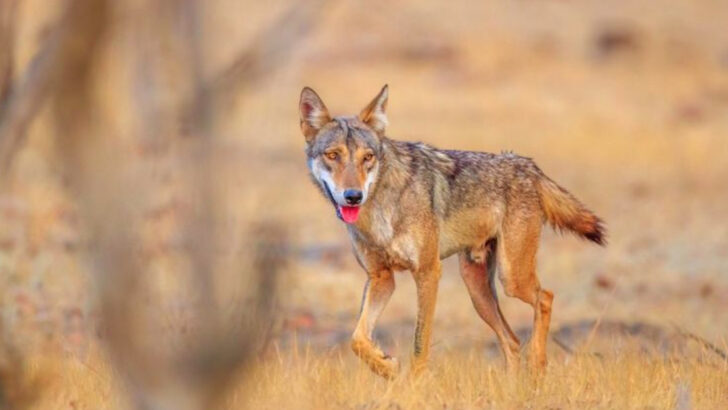Some wolves look like they walked straight out of a legend.
You’ve heard of gray wolves. Maybe even the Arctic kind.
But the world is hiding secret canines that most people have never seen — wolves so rare, they sound made up.
From high mountain ghosts to shaggy-coated shadows of ancient forests, these elusive creatures remind us that wild things still roam this Earth.
They’re not just animals — they’re mysteries wrapped in fur and fangs.
So if you thought wolves were all the same… think again.
These 13 rare wolves will make you look twice — and maybe sleep with the light on.
Ethiopian Wolf
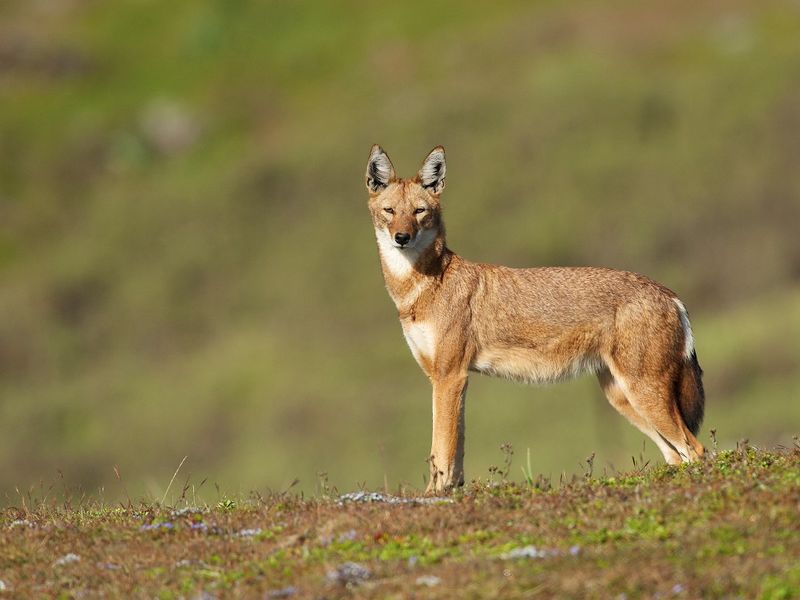
The Ethiopian wolf, Africa’s most endangered carnivore, is a master of adaptation. With its slender, lithe body, it navigates the high-altitude terrain of Ethiopia’s grasslands effortlessly. This rare wolf’s reddish coat shines under the sun, blending seamlessly with the golden grasses.
Ethiopian wolves have a unique social structure, living in small, close-knit packs. The pack members rely on collaboration for hunting small mammals, showing remarkable intelligence and teamwork. Sadly, habitat loss threatens their survival. Conservation efforts are crucial to preserve these fascinating creatures and their unique ecosystem.
Iberian Wolf
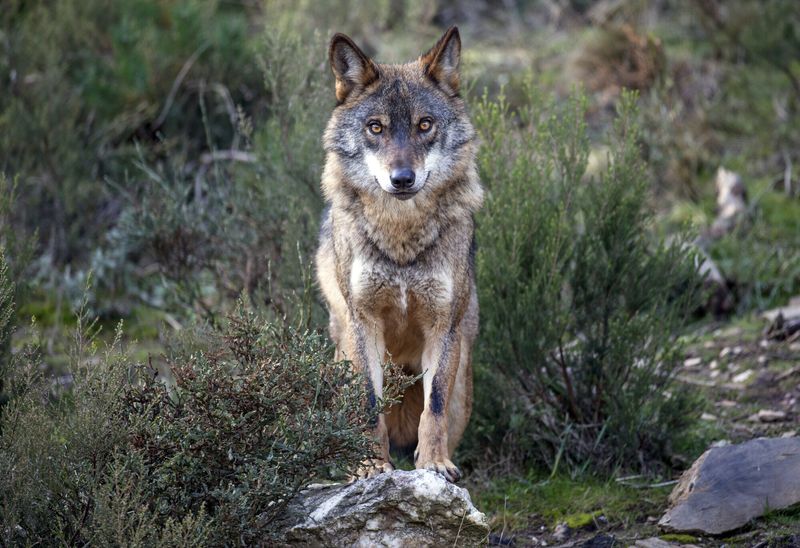
The Iberian wolf, native to the Iberian Peninsula, captivates with its striking fur pattern of rich browns and grays. Often seen in the misty forests and rugged mountains, this wolf is an emblem of wilderness.
Iberian wolves are known for their elusive nature, making them a rare sight even in their native habitat. Their diet consists of wild boar and deer, showcasing their adept hunting skills. Conservation programs in Spain and Portugal strive to protect these wolves from habitat destruction and human conflict. They symbolize the untamed spirit of the Iberian wilderness.
Red Wolf

Once on the brink of extinction, the red wolf is a testament to human dedication to wildlife conservation. Found in the wetlands of North Carolina, its reddish-brown coat provides perfect camouflage among autumn leaves.
These wolves are social animals, living in family groups that highlight their strong bonds. They primarily hunt small mammals, playing a critical role in maintaining ecological balance. Conservation efforts focus on reintroducing red wolves into their natural habitat, a challenging task that requires continuous support and intervention.
Mexican Gray Wolf

The haunting howl of the Mexican gray wolf echoes the mystery of the American Southwest. With a distinctive mix of gray and brown fur, they blend into the desert landscape seamlessly.
These wolves were once nearly extinct, but successful reintroduction programs have given them a fighting chance. They live in structured packs and demonstrate remarkable intelligence and social behavior. Conservationists work tirelessly to manage the delicate balance between human needs and wildlife preservation, aiming to secure a future for these symbolic creatures.
Hokkaido Wolf
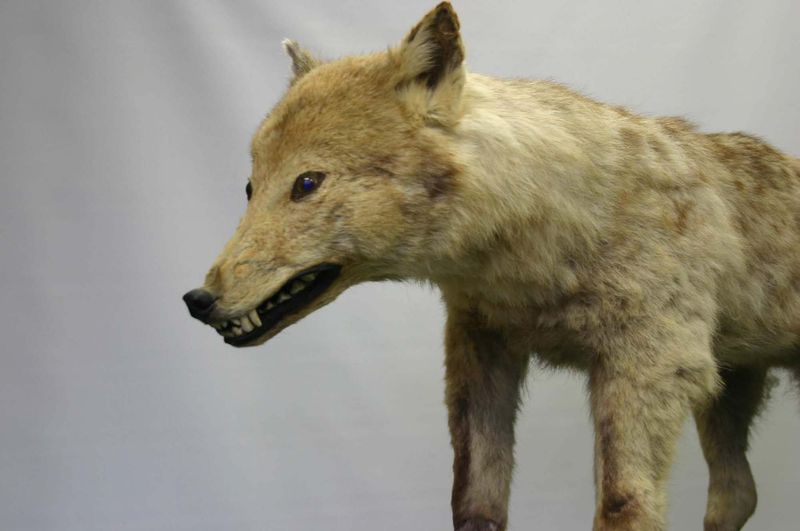
The Hokkaido wolf, now extinct, once roamed the snowy landscapes of Japan’s northern islands. Revered in Ainu culture, it was considered a spiritual guardian.
This wolf’s demise was largely due to human activities, illustrating the fragile relationship between species and their habitats. Though gone, the Hokkaido wolf leaves a legacy that inspires modern conservation efforts. The stories and legends surrounding it continue to be a poignant reminder of our environmental responsibilities.
Alaskan Tundra Wolf

The Alaskan tundra wolf is a symbol of endurance in one of the harshest climates on Earth. With its thick white fur, it is perfectly adapted to the icy tundra.
These wolves are formidable hunters, relying on their incredible stamina and pack strategies to pursue prey over vast distances. Their presence is vital for the balance of the tundra ecosystem, controlling populations of caribou and other species. Conservation efforts focus on mitigating the impacts of climate change to preserve their frozen habitat.
Arabian Wolf
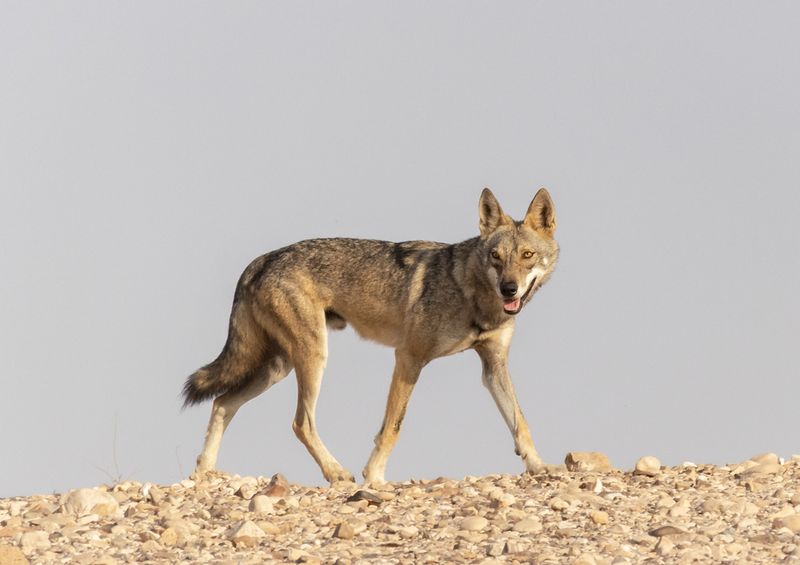
The elusive Arabian wolf thrives in the harsh desert landscapes of the Arabian Peninsula. With a lean frame and sandy-colored fur, it blends perfectly with its arid surroundings.
These wolves are solitary hunters, often preying on small mammals and birds. Their resilience is remarkable, surviving in an environment where water and food are scarce. Conservationists aim to protect their dwindling populations from hunting and habitat destruction, ensuring these desert survivors can continue to roam free.
Indian Wolf
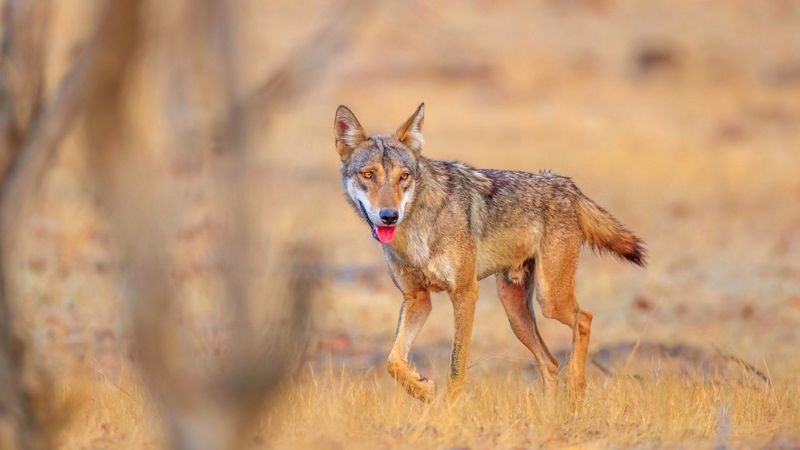
The Indian wolf, with its blend of browns and tans, is a master of camouflage in the varied terrains of India’s plains. Known for its adaptability, it thrives in environments ranging from grasslands to forests.
These wolves are highly social, forming small packs that exhibit intricate social behaviors. They communicate through a series of vocalizations, hinting at their complex social dynamics. Despite their adaptability, habitat fragmentation poses a significant threat. Protecting their habitats is crucial for their survival.
Maned Wolf
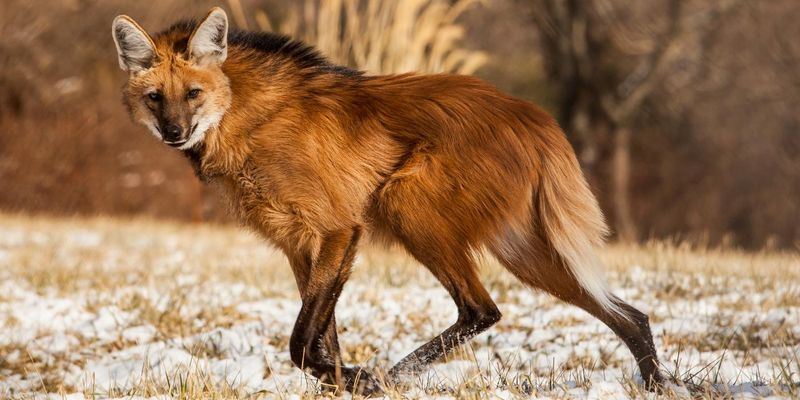
The maned wolf, with its long legs and reddish coat, is a unique canid native to South America’s grasslands. Often mistaken for a fox, this majestic creature is the largest canid in the continent.
Unlike typical wolves, maned wolves are solitary hunters, relying on their keen senses to catch rodents and birds. Their distinct bark echoes across the plains, a call that is both eerie and enchanting. Habitat loss and road mortality are significant threats, prompting conservationists to act urgently to protect these remarkable animals.
Arctic Wolf
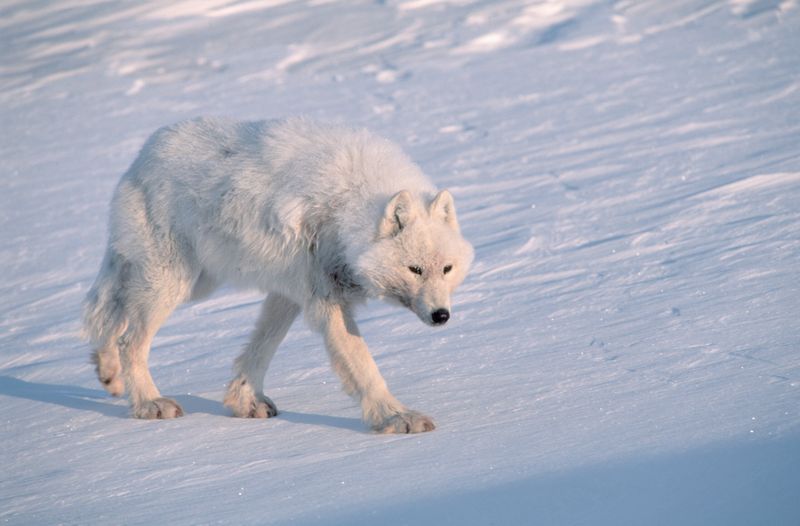
The Arctic wolf is a magnificent creature of the polar regions, perfectly adapted to extreme conditions. Its thick white coat provides camouflage and insulation against the biting cold.
These wolves are highly social, living in packs that coordinate hunting and care for pups. They primarily hunt muskoxen and Arctic hares, showcasing their formidable hunting prowess. Climate change poses significant threats to their habitat, stressing the need for global conservation efforts to ensure their survival.
Dire Wolf
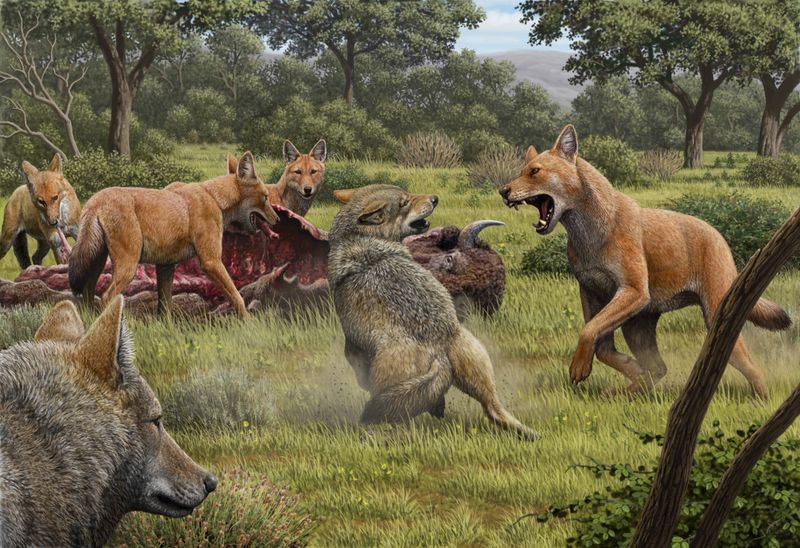
The dire wolf, now extinct, once roamed North America during the Pleistocene era. Known for its robust build and massive skull, it was one of the largest canid predators of its time.
Fossil records show that dire wolves were formidable hunters, preying on large herbivores like bison and horses. Their extinction remains a mystery, but climate change and competition may have played roles. The dire wolf’s legacy continues to captivate, reminding us of a world long past.
Timber Wolf
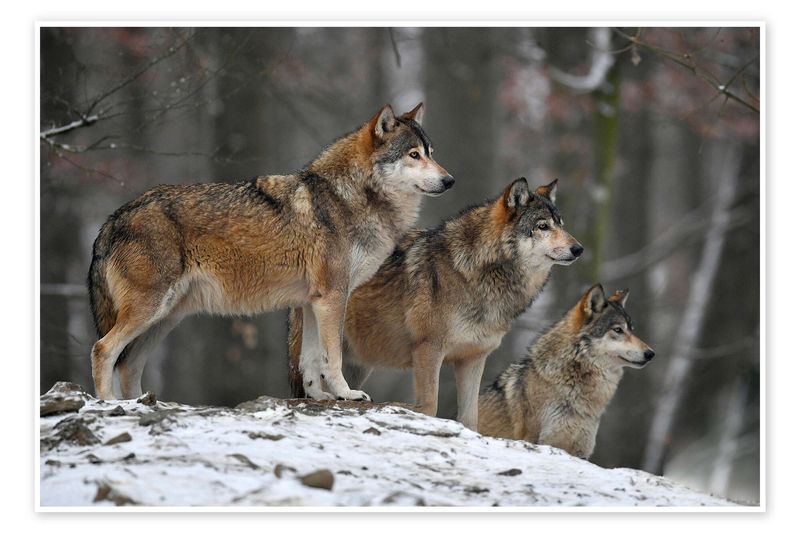
The timber wolf is an icon of North America’s wilderness, known for its intelligence and adaptability. Its gray coat, dappled with shadows, allows it to blend seamlessly with the forest backdrop.
Living in structured packs, timber wolves are expert hunters, coordinating strategic hunts of large prey like deer. Their presence is vital for maintaining ecological balance in their habitats. Conservation efforts focus on protecting their numbers from habitat loss and human conflict.
Baffin Island Wolf
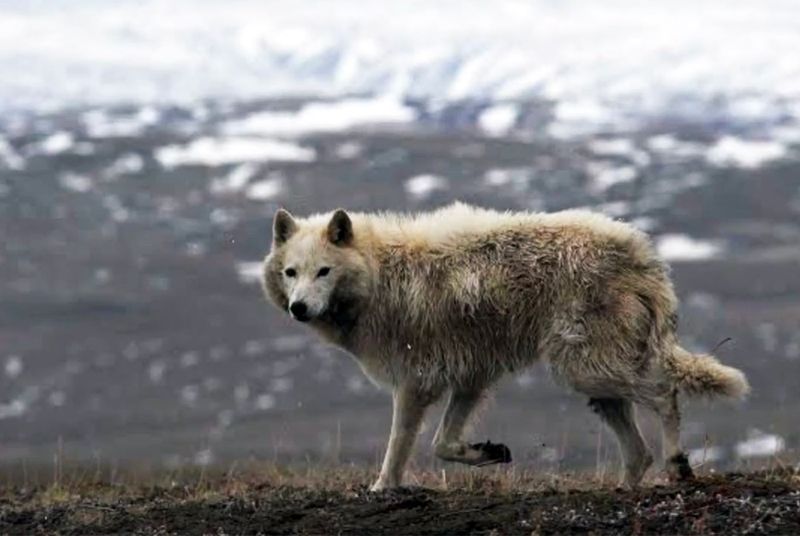
The Baffin Island wolf is a rare subspecies inhabiting the remote Arctic island of Canada. With its stark white fur, it is a ghostly presence against the rugged terrain.
These wolves are elusive, often spotted only by those who venture into the island’s remote reaches. Their diet consists mainly of Arctic hares and lemmings, showcasing their adaptability to harsh conditions. Protecting their isolated habitat from climate impacts is crucial to their survival.

